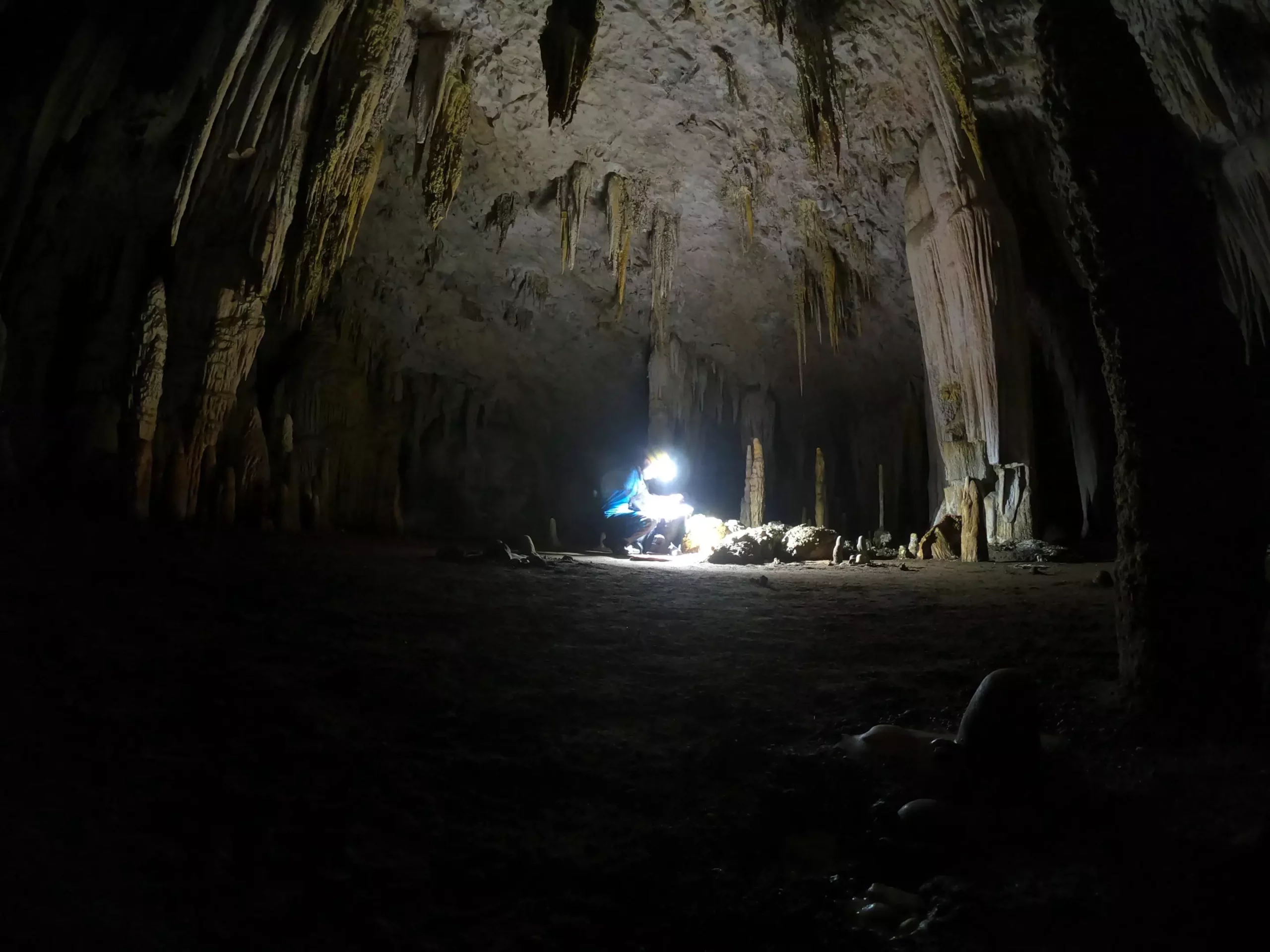Climate simulations and climate traces from the past are often at odds with each other, leading to discrepancies in understanding climate changes. A team of researchers led by physicist Thomas Laepple and climatologist Kira Rehfeld sought to address this issue by examining the causes and consequences of these discrepancies. The surprising findings, published in the journal Nature Geoscience, reveal that while climate models accurately simulate global temperature trends, they often underestimate the strength of regional climate fluctuations over the course of decades to centuries. This article delves deeper into the challenges faced in climate modeling and evaluating climate traces.
To understand climate fluctuations, researchers rely on climate archives such as trees, lakes, marine sediments, and ice. These archives provide valuable insights into the continuously varying climate over centuries and millennia. By studying natural climate changes, scientists can make better assessments of future man-made climate change. This knowledge is crucial in anticipating and preparing for the consequences of increasing global warming. Regional impacts, such as more frequent droughts and powerful hurricanes, are expected due to climate change.
Limitations of Global Climate Models
Global climate models are effective in simulating the overall global warming trend. However, they often fail to accurately represent regional variations in detail, making it challenging to plan and implement measures to adapt to the changing climate. For instance, in agriculture, it is essential to switch to crops that can tolerate higher temperatures, but without accurate regional simulations, this becomes difficult.
Around a decade ago, Thomas Laepple and his colleagues identified a striking discrepancy between global climate simulations and local analysis of climate traces from marine sediments, tree rings, pollen, and corals. These discrepancies sometimes amounted to a factor of 50, leading to debates among experts. The research team faced a conundrum – whether the climate models were incorrect or if the temperature data derived from sediment samples were based on faulty assumptions.
Addressing the Challenge
To tackle this issue, Thomas Laepple and Kira Rehfeld initiated workshops and collaborations between climate modelers and climate trace evaluators. One of the outcomes of their efforts was the establishment of the international working group CVAS (Climate Variability Across Scales). This group dug deeper into the discrepancies between regional and global scales. The recent review article published in Nature Geoscience highlights the findings of this collaborative research.
Merging Perspectives
The review article reveals that both climate modeling experts and those who evaluate climate traces are correct in their own right. Climate models accurately trace past global temperature trends. However, as the time period examined increases, regional deviations become oversmoothed in these models. It is crucial to acknowledge this limitation when conducting risk assessments for climate adaptation.
The Role of Regional Buffering Phenomena
One potential reason for the limited accuracy of regional climate simulations is the failure to account for regional buffering phenomena. One such example is regional ocean currents that stabilize the climate in coastal regions for many years, even as the global average temperature changes. Regional climate changes, such as temperature variations, can vary greatly across the world. Some regions experience cooling for a few years, while others witness temperatures significantly higher than the global average. Abrupt shifts are also a possibility. Understanding these regional variations is essential for effective risk assessment and climate adaptation strategies.
The discrepancies between climate simulations and climate traces have challenged the understanding of climate changes. Through collaborative efforts between climate modelers and climate trace evaluators, it has been revealed that both sides are correct to some extent. Climate models accurately simulate global temperature trends but underestimate regional climate fluctuations. Understanding regional variations and accounting for buffering phenomena are critical in accurately predicting the impacts of climate change and implementing effective adaptation measures. Awareness of these challenges enables researchers, policymakers, and communities to make informed decisions and better prepare for the consequences of global warming.


Leave a Reply